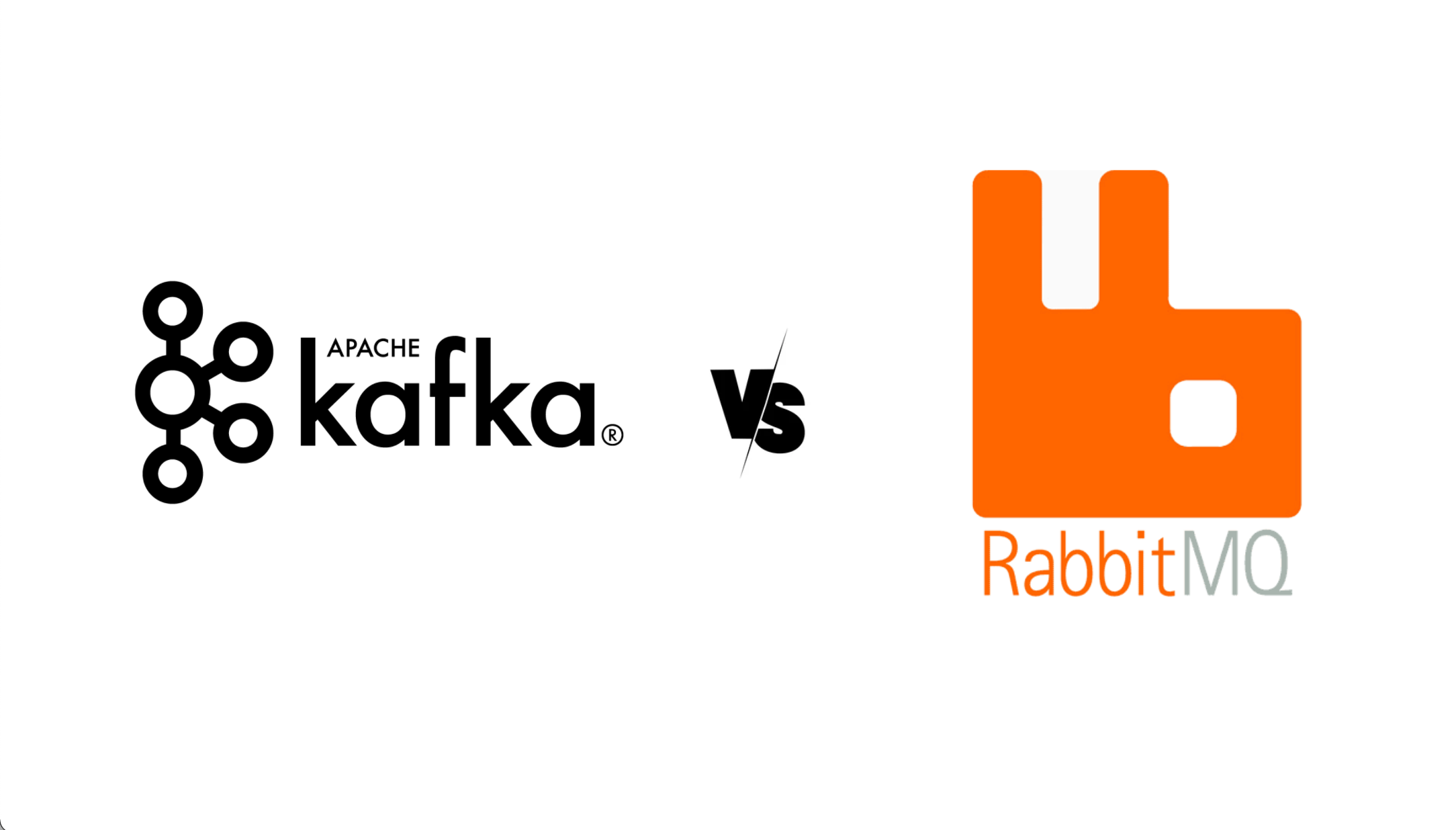Comparing RabbitMQ and Kafka for Microservices Messaging
 Vibhor Gupta
Vibhor Gupta
Introduction:
Microservices rely on asynchronous messaging systems for non-blocking communication. In this blog, we'll explore the key differences between RabbitMQ and Kafka and the best practices for choosing between the two for your microservices projects.
Understanding the Need for Messaging in Microservices
Microservices, based on synchronous REST architecture, necessitate an asynchronous messaging system for non-blocking communication. Without it, the purchase process and approval tracking can become cumbersome and inefficient.
Choosing Between RabbitMQ and Kafka
RabbitMQ, an ordinary queue management protocol, contrasts with Kafka, which is a stream processing system capable of handling a stream of messages. We'll delve into their differences and use cases to aid your decision-making process.
Different Capabilities of RabbitMQ and Kafka
RabbitMQ's fanout exchange copies messages to every attached queue, while direct exchange targets messages to specific queues. On the other hand, Kafka is ideal for multi-system integration, making it particularly suitable for multiple module consumption.
Optimizing Message Handling for System Integration
Efficient message processing is crucial for microservices. We'll explore how Kafka facilitates multi-system integration and the benefits of using multiple consumers to process messages in queues for efficient processing.
Leveraging Keys in Kafka for Efficient Partitioning
We'll delve into how using keys in Kafka for partitioning ensures efficient message distribution, allowing messages with the same key to be sent to the same partition for streamlined processing.
Kafka's Retention Policy and Consumer Offset Management
Finally, we'll touch upon Kafka's retention policy, which allows messages to be retained for replaying and revisiting, and the importance of consumer offset for efficient message delivery and consumption management.
Conclusion:
In conclusion, understanding the unique capabilities of RabbitMQ and Kafka is essential for optimizing messaging in your microservices architecture. While RabbitMQ excels in queuing and targeted messaging, Kafka offers unparalleled support for multi-system integration and efficient message processing.
Subscribe to my newsletter
Read articles from Vibhor Gupta directly inside your inbox. Subscribe to the newsletter, and don't miss out.
Written by

Vibhor Gupta
Vibhor Gupta
Welcome to The Developer’s Odyssey! I’m a senior software developer with extensive experience in full stack development, system design, DevOps, and AI. Over the years, I’ve mastered the art of building scalable systems, designing robust architectures, and optimizing both backend and frontend performance. My passion for coding started with JavaScript and evolved into a deep interest in microservices, cloud computing, and artificial intelligence. I’ve led teams through successful migrations to microservices, implemented CI/CD pipelines, and adopted Agile methodologies for smoother project flows. My journey in system design has taught me the value of efficiency, while my work in DevOps has shown me how critical automation and resource management are in the fast-paced tech world. In addition to my professional experience, I’ve been writing a book titled 'Machine Learning in iOS', and I'm currently writing another focused on System Design, DevOPs and Machine learning. I’m always learning, and my current fascination lies in AI and how it can transform industries. Through this blog, I’ll share insights from my career, new technologies I’m exploring, and lessons learned in areas like data structures, AI, and beyond. Join me as I continue this journey in tech, learning, growing, and pushing the boundaries of what’s possible.